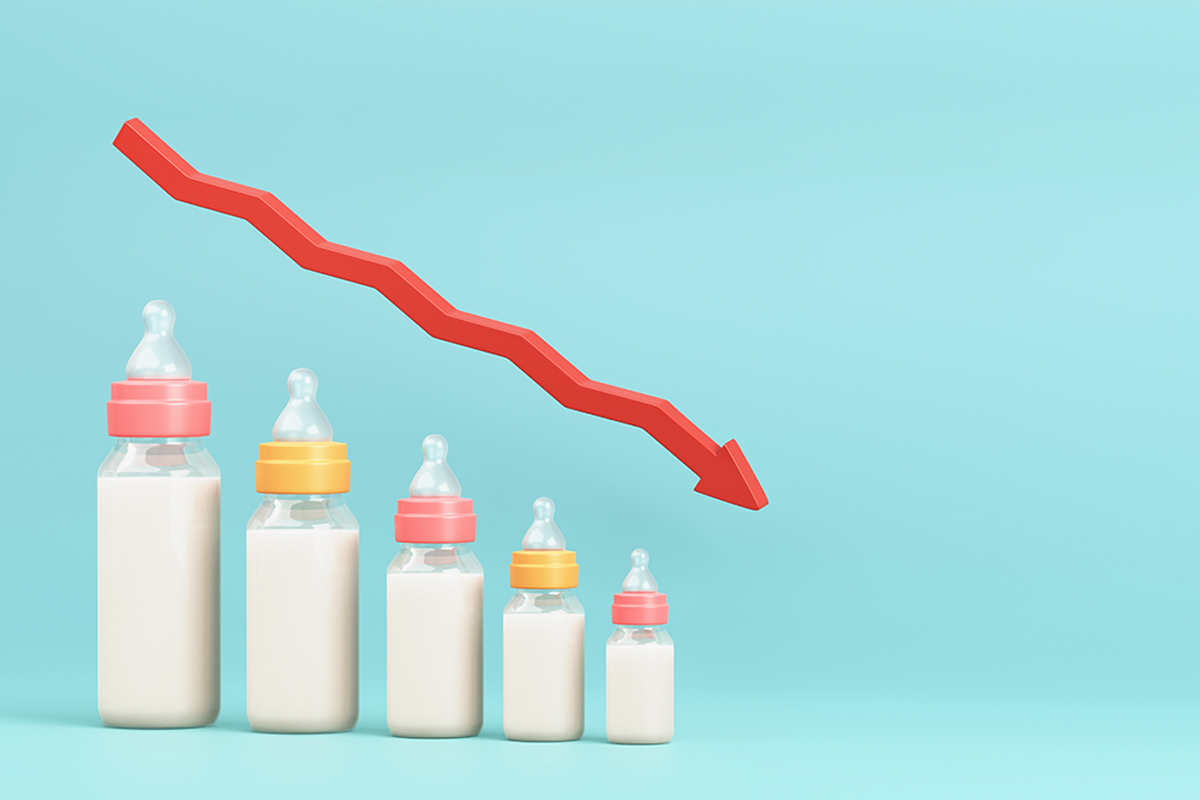A recent study published in The Lancet medical journal has shed light on an impending global demographic shift that is poised to reshape economies and societies around the world. The study indicates that falling fertility rates in the majority of countries over the next 25 years will drive this transformation, with three-quarters of nations projected to fall below population replacement birth rates by 2050.
This decline in fertility rates will result in a stark division between countries experiencing population growth and those facing dwindling birth numbers. The growth is expected to be concentrated in low-income states in sub-Saharan Africa and Asia, while other regions, particularly in Western Europe and East Asia, are grappling with fertility rates well below the replacement level.
The United Nations forecasts that the global population could reach 9.7 billion by 2050 before peaking at nearly 10.4 billion in the mid-2080s. However, these figures mask the underlying trend of declining fertility rates, which have already fallen below the replacement level of approximately 2.1 children per woman in some countries.
For instance, Western Europe is projected to have a total fertility rate (TFR) of just 1.44 by 2050, while South Korea is expected to have the world’s lowest TFR at 0.82. By the end of the century, only six countries are predicted to have TFRs higher than the replacement level.
The study underscores the correlation between wealth and fertility rates, with wealthier countries generally experiencing lower birth rates. This trend has been further reinforced by state policies, such as China’s one-child rule implemented between 1980 and 2016.
In response to declining birth rates, some countries, including Japan and Hungary, have implemented policies aimed at incentivizing childbirth. However, the effectiveness of these measures remains limited, suggesting that addressing declining fertility rates requires a broader societal approach.
Governments are urged to support women in having the number of children they desire, rather than attempting to artificially boost birth rates. This requires comprehensive strategies that encompass areas such as healthcare, education, and employment policies to enable individuals to make informed decisions about family planning.
Despite the challenges posed by declining fertility rates, experts highlight potential benefits associated with smaller populations. These include reduced pressure on resources such as land and housing, as well as positive impacts on biodiversity and climate change mitigation efforts.
As the world faces unprecedented social and economic changes in the 21st century, it is essential for policymakers to adopt a forward-thinking approach that embraces the realities of shifting demographics. By acknowledging and planning for these changes, societies can adapt to ensure sustainable development and prosperity for future generations.







